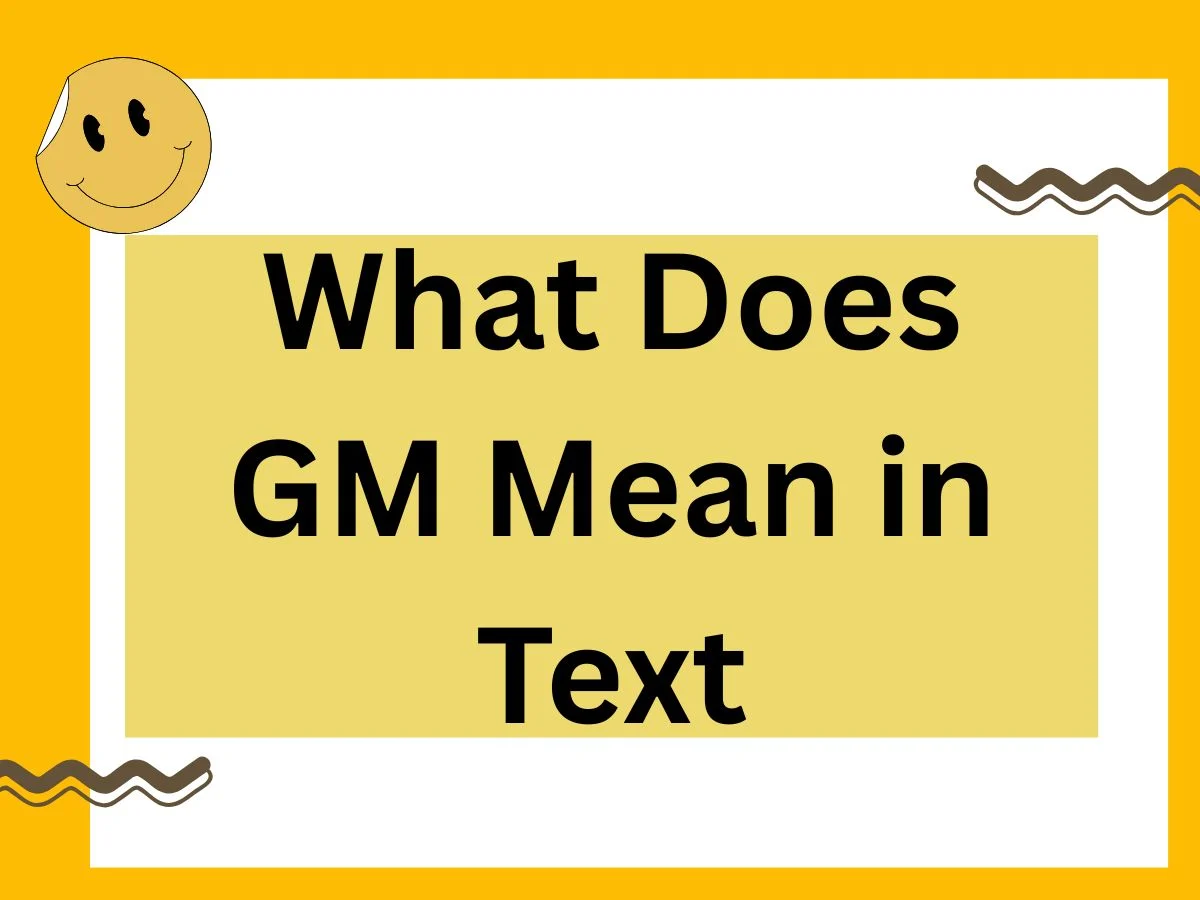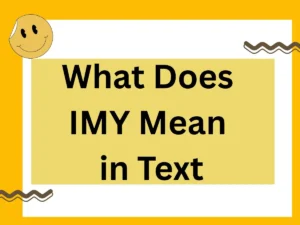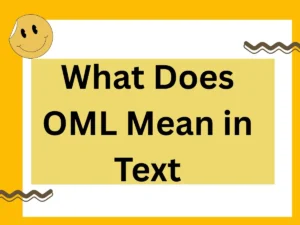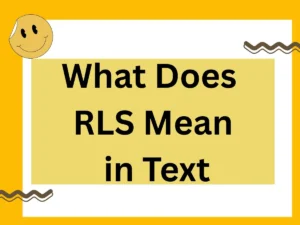In the fast-moving world of digital communication, even the simplest abbreviations carry surprising depth. One of the most enduring is GM, which most people recognize as shorthand for “Good Morning.”
🔥 Rizz Line Generator 🔥
But in 2025, GM is far more than a polite morning greeting. It’s a versatile micro-message that can carry warmth, efficiency, sarcasm, or even coded meanings depending on context, platform, and audience. Whether you’re sending it in a professional email thread, a gaming group chat, or a crypto investor forum, GM can convey different layers of intent.
This guide goes beyond the obvious to give you everything you need to know about GM — its origins, evolving meanings, cultural nuances, tone variations, and the most effective ways to use or replace it in 2025.
The Core Meaning of GM in Text
At its simplest, GM stands for “Good Morning.” It’s a quick, polite greeting sent at the start of the day.
Primary purposes:
- Politeness – Shows acknowledgment of the other person’s day starting.
- Connection – Maintains ongoing conversations or relationships.
- Routine – Used daily between certain people (friends, partners, work groups).
Example:
Alex: “GM! Hope today’s meeting goes well.”
Jamie: “Thanks! GM to you too.”
Beyond “Good Morning” – GM’s Modern Meanings
In 2025, GM has multiple secondary meanings, depending on the community or context.
1. Crypto & NFT Culture
In crypto and Web3 spaces, “GM” has evolved into a universal greeting meaning “I’m here, active, and positive” — regardless of the actual time of day.
- Example: A user joins a Discord server at 11 p.m. and types “GM fam!” as a community hello.
2. Gaming
Among gamers, GM can stand for “Game Master” (someone who organizes and runs the game). In MMO and role-playing contexts, it’s used more as a role title than a greeting.
3. Business & Corporate Slang
In professional settings, GM sometimes appears in quick internal chats as “General Manager” when referring to a person’s role. But context usually makes this clear.
4. Irony & Sarcasm
Online, GM can be used ironically after bad news or mishaps, signaling the opposite of a “good morning.”
- Example: “Just spilled coffee on my laptop. GM 🙃.”
How GM Evolved
The history of GM in digital communication is tied to three major trends:
- Early Text Messaging (1990s–2000s)
When SMS was limited to 160 characters, shortening greetings saved time and space. “Good Morning” became “GM.” - Chat Apps & Social Media (2010–2020)
On platforms like WhatsApp, Facebook Messenger, and Twitter, GM became more about frequency — daily greetings from family or friends became routine. - 2020–2025 Memetic Shift
Crypto communities and global chat rooms turned GM into a time-agnostic, positivity-first signal.
The Nuance of Tone in GM
Like many short-form messages, GM’s tone depends heavily on punctuation, capitalization, and context.
- “GM!” – Bright, energetic, friendly.
- “gm” – Casual, possibly sleepy or unenthusiastic.
- “GM.” – Neutral or slightly cold.
- “GM 🙃” – Sarcastic, ironic.
- “GM 😊” – Warm, caring.
Example Scenario:
- Partner texting “GM ❤️” means affectionate greeting.
- Coworker texting “GM.” after a missed deadline could signal irritation.
When to Use GM
GM works best when:
- You want a quick, light greeting.
- You have an established relationship where short forms are normal.
- You’re engaging in a shared community ritual (crypto groups, gaming chats).
When NOT to Use GM
Avoid GM in situations where:
- Formality is required – e.g., first emails to clients. Use “Good morning” spelled out.
- Clarity is key – If the abbreviation might be confused with “General Manager” or “Game Master.”
- Tone could be misread – In sensitive contexts, short greetings can feel dismissive.
Global and Generational Differences
- Gen Z & Millennials – Comfortable with “gm” in lowercase for casual chats; emojis often included.
- Gen X & Boomers – Prefer full “Good morning” in professional exchanges.
- Asia – In multilingual texting, GM sometimes pairs with native-language greetings for warmth.
- Middle East – GM is widely recognized in English-speaking contexts but often replaced with local equivalents in day-to-day chats.
The 2025 Layer: New Trends in GM Usage
Thanks to AI-driven predictive text, GM is changing:
- Auto-Expansion – Many keyboards automatically expand GM into “Good morning” unless overridden.
- Emoji Pairing Norms – In 2025, 🌞, ☀️, or ☕ are now standard companions for GM in casual messaging.
- Voice Command Integration – Wearables and AR glasses allow “GM” to trigger automated good-morning routines (sending weather updates, calendar events, and greetings to selected contacts).
- Non-Time-Specific GM – In global chats, GM is now more about vibe than time zone.
10 Polished Alternatives to GM
If you want to avoid the plain “GM” or tailor your greeting to the tone and context, here are ten expert-crafted alternatives, each with an example.
1. “Good morning, hope your day’s off to a great start.”
- Tone: Warm, polite.
- Best for: Work emails or respectful contexts.
- Example: “Good morning, hope your day’s off to a great start. Looking forward to our meeting later.”
2. “Morning!”
- Tone: Light, casual.
- Best for: Friends, teammates.
- Example: “Morning! Coffee yet?”
3. “Rise and shine!”
- Tone: Playful, energetic.
- Best for: Close friends or family.
- Example: “Rise and shine! The sun’s out and so are we.”
4. “Top of the morning to you.”
- Tone: Cheerful, slightly old-fashioned.
- Best for: Lighthearted chats.
- Example: “Top of the morning to you! What’s your plan for today?”
5. “Hope you woke up smiling.”
- Tone: Affectionate, personal.
- Best for: Romantic or close friendships.
- Example: “Hope you woke up smiling 😊”
6. “A beautiful morning to you.”
- Tone: Formal, elegant.
- Best for: Professional greetings with warmth.
- Example: “A beautiful morning to you, Mr. Carter. Shall we proceed with the agenda?”
7. “Hey, sunshine.”
- Tone: Flirty, friendly.
- Best for: Partners or close friends.
- Example: “Hey, sunshine ☀️ Ready for brunch?”
8. “Another day, another adventure.”
- Tone: Motivational.
- Best for: Group chats, team motivation.
- Example: “Another day, another adventure! Let’s make it count.”
9. “Good day ahead?”
- Tone: Curious, engaging.
- Best for: Starting meaningful conversations.
- Example: “Good day ahead? Got anything exciting planned?”
10. “Hope your morning’s as bright as you are.”
- Tone: Complimenting, warm.
- Best for: Making someone smile.
- Example: “Hope your morning’s as bright as you are 🌼”
Crafting the Perfect Greeting in 2025
Here’s the secret to making GM (or any alternative) work:
- Match tone to relationship – Friendly, formal, or intimate.
- Add personal detail – A reference to their day makes it feel thoughtful.
- Use emoji strategically – Emojis can soften brevity and add warmth.
- Consider platform – Slack vs. Snapchat vs. LinkedIn requires different approaches.
Final Thoughts
GM remains a powerful, bite-sized greeting in our hyper-connected world. Its meaning is straightforward, but in 2025 its role is more complex than ever.
From polite morning check-ins to cultural symbols of positivity, GM adapts to context, tone, and audience.
If you master its nuances — and keep a range of richer alternatives in your vocabulary — you can greet people in a way that’s efficient, expressive, and perfectly suited to your relationship.





